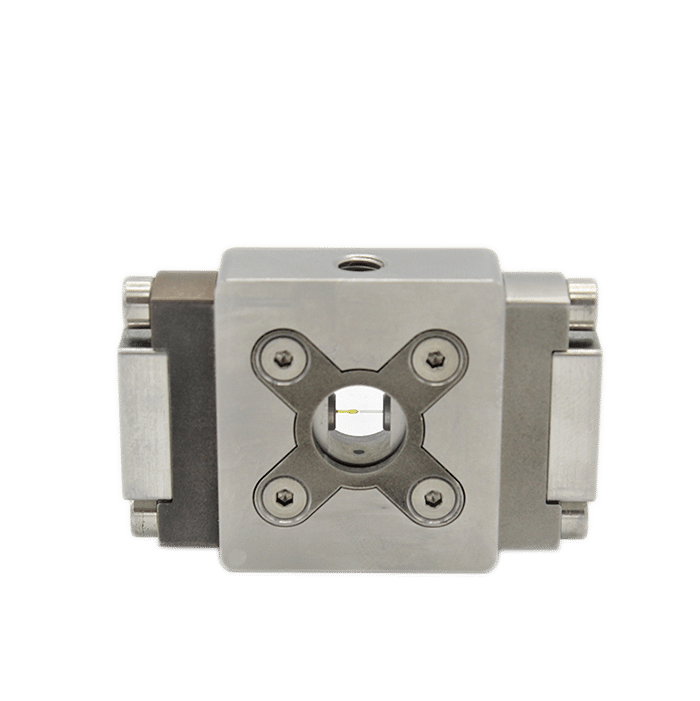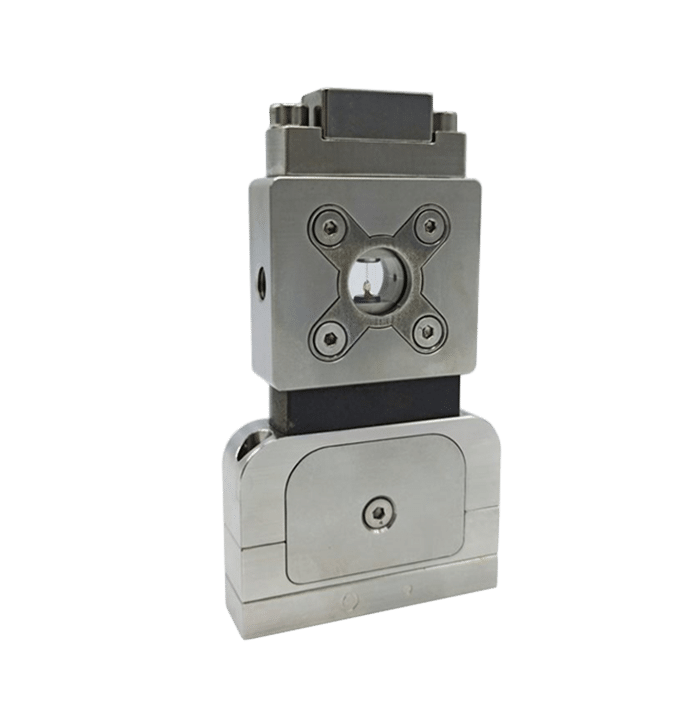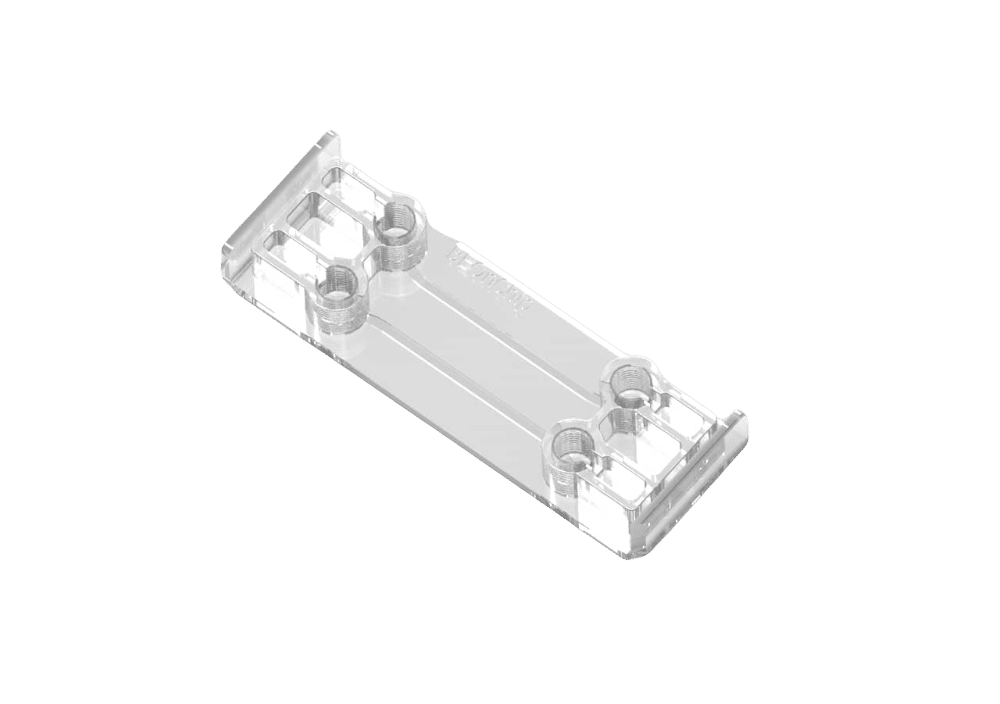Microfluidic calculators
To assist users in selecting the right instrument, Fluigent has created three microfluidic calculators designed to estimate the key parameters for most microfluidic setups, ensuring optimal results. By providing details about their setup, users can determine the necessary pressure range, anticipate droplet size and shear stress, and identify the recommended microfluidic pump or chip.
Save time by using our calculators to identify the set of parameters that best fit your requirements!
Shear Stress Calculator
Shear stress is defined as the driving force generated by the friction of a moving fluid on a surface. Cells subjected to fluid flow experience this shear stress, impacting their phenotype, morphology, and maturation. By inputting the parameters of your setup (flow rate, pressure, microfluidic chip size, etc.), our microfluidic calculator will provide the relevant shear stress considerations.
Pressure & Flow Rate Calculator
Fluigent has developed a flow calculator to estimate the resistance of most microfluidic installations. This tool enables users to determine the required pressure range and the recommended microfluidic pump by detailing their installation, including chip geometry and channel dimensions.
- Microfluidic Application Notes
Pressure predictions for lab-on-a-chip operations using a microfluidic network solver and Fluigent PX
Download - Expert Reviews: Basics of Microfluidics
Microfluidic Flow Control: Comparison between peristaltic, syringe and pressure pumps for microfluidic applications
Read more - Microfluidic Application Notes
Peristaltic Pump vs Pressure-Based Microfluidic Flow Control for Organ on Chip applications
Read more - Expert Reviews: Basics of Microfluidics
Flow control for droplet generation using syringe pumps and pressure-based flow controllers
Read more
Droplet Size Calculator
Fluigent has developed a droplet size calculator based on the geometry of RayDrop, a droplet generator device developed and manufactured by Secoya. This microfluidic calculator method is based on correlations obtained from numerical modeling to help users predict droplet diameter. The estimation takes into account Raydrop’s nozzle diameter, flow rate of the continuous phase, viscosities of both phases, and interfacial tension.
Related Products
Related Resources
- Expertise
Addressing Air Bubble Issues in Microfluidic Systems
Read more - Microfluidics Article Reviews
Pressure-driven flow controllers vs. Syringe pumps: A flow precision evaluation for optical blood imaging.
Read more - Expert Reviews: Basics of Microfluidics
Microfluidic Flow Control: Comparison between peristaltic, syringe and pressure pumps for microfluidic applications
Read more - Array
Raydrop, a universal droplet generator based on a non-embedded co-flow-focusing
Read more
- Microfluidics White Papers
Microfluidic white paper – A review of Organ on Chip Technology
Read more - Expert Reviews: Basics of Microfluidics
Microfluidic Flow Sensing Technologies, A Review
Read more - Microfluidics White Papers
Double emulsion for the generation of microcapsules – a Review
Read more - Microfluidics White Papers
Droplet-based Microfluidics
Read more







